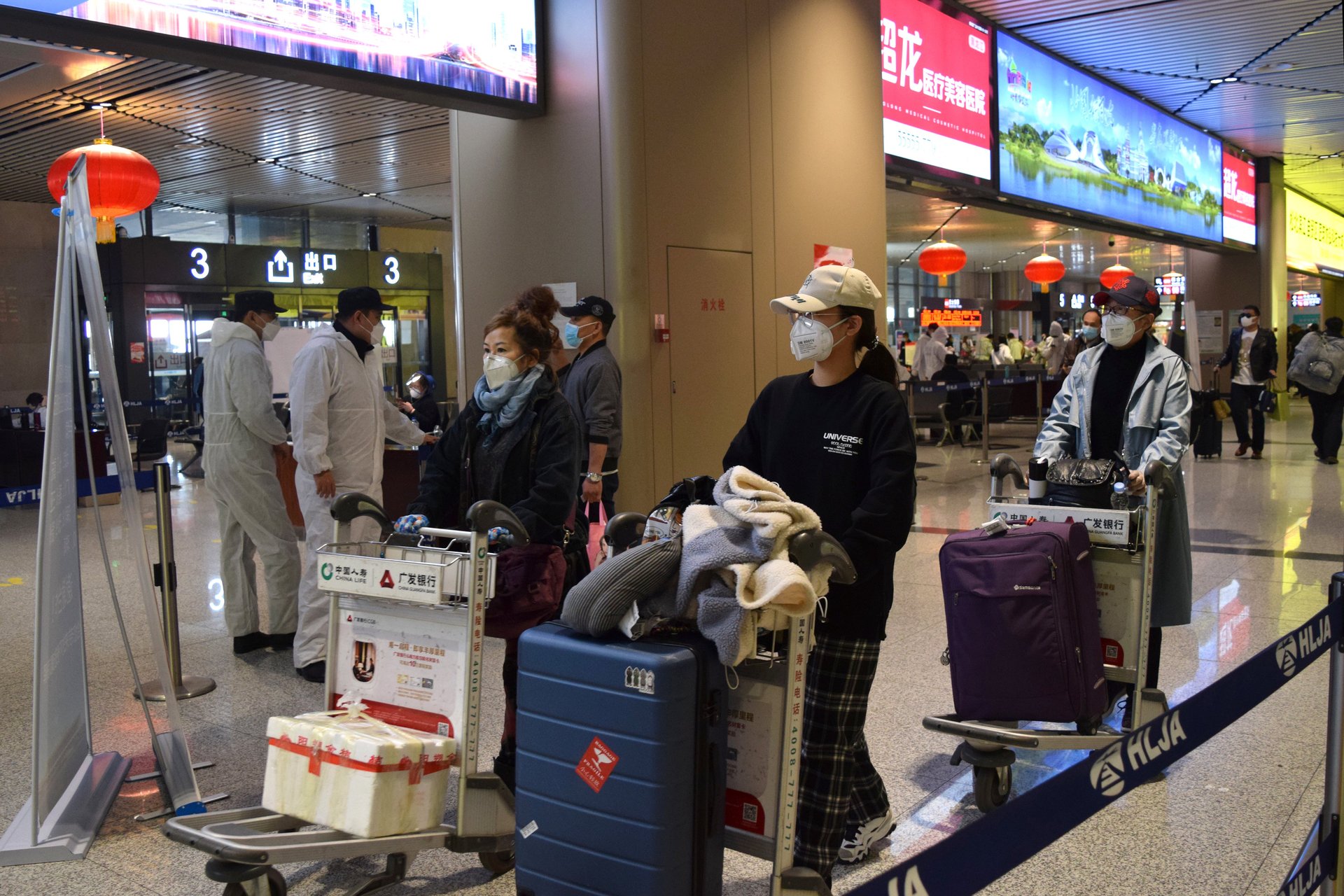China’s domestic aviation recovery is good news for the world’s airlines
For countries hit hard by the coronavirus, China has served as a time machine of sorts. Just weeks or months after watching the crisis unfold at distance, the world has followed closely in its footsteps, from the proliferation of extraordinarily creative at-home TikTok videos to the widespread adoption of masks and the national lockdowns once decried as impossible outside the Middle Kingdom.


For countries hit hard by the coronavirus, China has served as a time machine of sorts. Just weeks or months after watching the crisis unfold at distance, the world has followed closely in its footsteps, from the proliferation of extraordinarily creative at-home TikTok videos to the widespread adoption of masks and the national lockdowns once decried as impossible outside the Middle Kingdom.
Now, with China in the early stages of re-opening, the global travel industry is taking notes. For global airlines still holding out hope for a V-shaped recovery, China’s domestic air travel may offer a rare glimmer of positivity.
In the past two months, domestic air travel within China has doubled: As of April 22, according to data from travel and analytics company Cirium, domestic capacity was down only 33% year-on-year, compared to a peak drop of 71% on Feb. 24. China has slowly returned to work since the end of March, after nearly two months of curfews and lockdowns, starting in early February.
From May 3, many Chinese airports will officially enter their summer season, re-introducing hundreds of routes around the country. To keep travelers safe, the government has implemented social distancing measures including limiting cabin capacity. In the meantime, Spring Airlines, a low-cost carrier, is allowing passengers at Shanghai, Pudong, and Shijiazhuang airports to pay an extra 100 yuan ($14) to block off an empty seat next to them.
In a bid to encourage Chinese travelers to take advantage of the upcoming May 1 public holiday, airlines have slashed fares to bargain-basement prices: Seats on Air China flights from Beijing to Hangzhou, a journey of about two hours, are selling for as little as 160 yuan (about $22). To support airlines in these efforts, the Chinese state is subsidizing the price of jet fuel by almost 50%, on the grounds that the risk of contamination is lower on a two-hour flight than over a day of overland transfers to make the same journey.